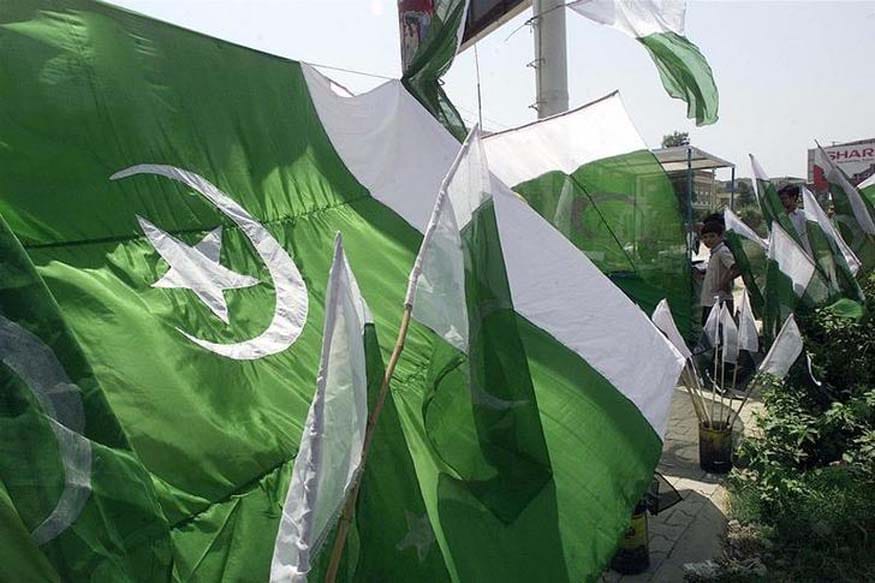With more banks coming out of the RBI's prompt corrective action (PCA) framework, some of their investments in SLR would be deployed to boost credit growth
Banks are selling their surplus stock of government bonds to meet rising demand for loans as deposit growth is slowing, according to a Mint report.
For the fortnight-ended February 15, non-food credit growth stood at 15.6 percent, while deposits grew at 10 percent. Bank credit has grown between 10 percent and 15 percent every two weeks since last June, while deposit growth stood at 6-10 percent, data from the Reserve Bank of India (RBI) shows.
"Since deposit growth has not kept pace, banks have had to cut down on their excess SLR to meet their credit requirements," Karthik Srinivasan, Group Head at ICRA told the newspaper.
Banks have been maintaining a statutory liquidity ratio (SLR) of as much as 30 percent, much higher than the RBI mandate at 19.25 percent. This was mostly because of weak credit growth, according to the report.
For a very long time, banks had kept SLR holdings 10 percentage points above the regulatory requirement, Ajay Manglunia, Head of Fixed-Income Markets at Edelweiss Securities, told the newspaper.
SLR holdings of lenders have come down to 26.8 percent of their net demand and time liabilities (NDTL) in February from 30.8 percent in February last year, according to Bloomberg data. NDTL is the sum of a bank's deposits and borrowings.
Since banks under the prompt corrective action were not able to make capital-intensive investments, they chose to park excess funds in risk-free SLR bonds, Manglunia added.
The ongoing liquidity issues among non-banking financial companies (NBFCs) after the Infrastructure Leasing & Financial Services (IL&FS) default have also added to the rising credit demand. "In today's environment, NBFCs are finding it difficult to lend as they are not getting enough capital from the market. While banks are able to raise money at 7-8 percent, NBFCs are getting funds at 11-12 percent at the moment," Manglunia said.
There is definitely a slowdown in loan disbursements by NBFCs and housing finance companies, while banks have been growing, Srinivasan added.
"So, obviously, part of their ability to grow their credit books comes from the fact that they are taking over some of the NBFCs' assets. As NBFCs aregoing slow, banks are entering into those segments and that is partly getting funded by monetising some of their excess SLR," Srinivasan explained.
According to the report, the credit-deposit ratio of banks, which indicates how much of a bank's deposit base is being mobilised for loans, now stands at 77.5 percent from 74.9 percent in June 2018.
With more banks coming out of the RBI's prompt corrective action (PCA) framework, some of their investments in SLR would be deployed to boost credit growth, an economist told the newspaper.
"There has been an increase in the cost of funds, denoting a relative scarcity of deposits. Banks have adjusted between giving credit and deploying in SLRsecurities, which is the reason for the drop of SLR and rise of credit-deposit ratio," the economist said.
Some industry experts say that a rally in government securities allowed banks to book some profit and free up capital. By selling excess SLR, they are able to book profits and also able to deploy them at a better margin of close to double-digits as compared to 7.5 percent in the government securities market, Manglunia stated.


















































